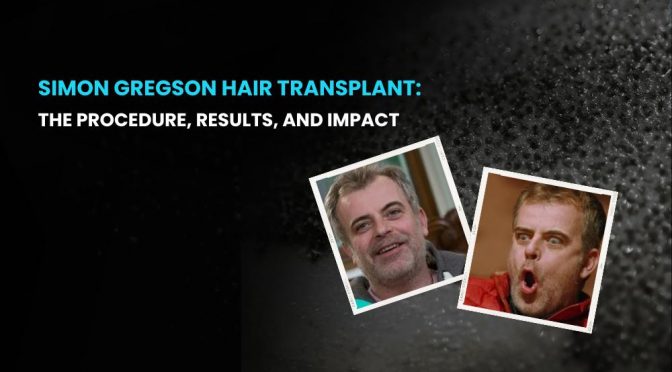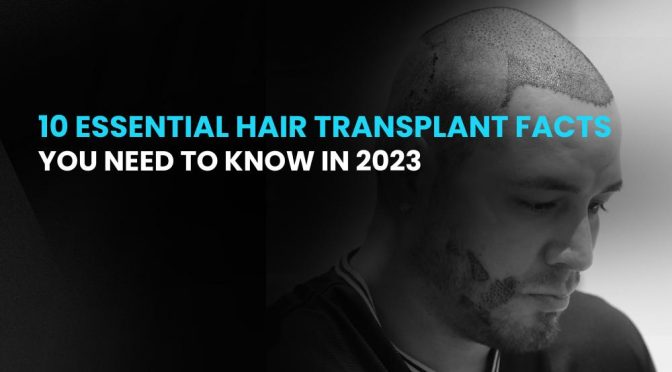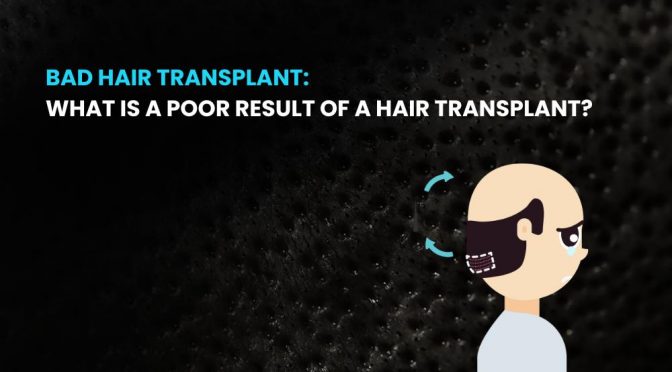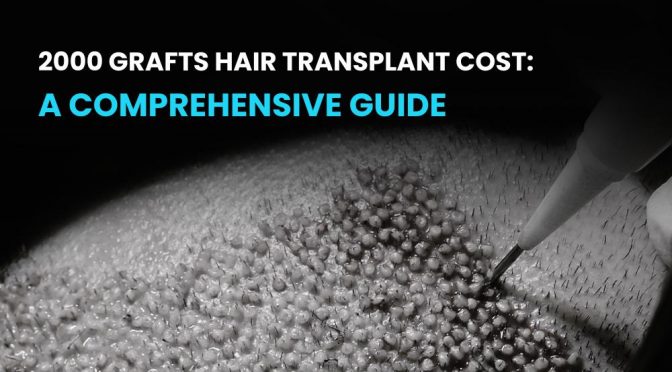Simon Gregson is a well-known actor in the UK. Famous for his role as Steve McDonald on the long-running soap opera Coronation Street. Recently, Simon went public with his decision to get a hair transplant. Sharing before and after photos on social media. In this article, we’ll take a look at Simon Gregson hair transplant procedure, the results, and the impact it has had on his life.
What is a Hair Transplant?
A hair transplant is a surgical procedure that involves removing hair from one part of the body and transplanting it to another. In the case of male pattern baldness, hair is usually taken from the back or sides of the head and transplanted to the balding areas. The procedure is typically done under local anesthesia and can take several hours to complete.
Who is Simon Gregson?
Simon Gregson is a British actor best known for his role as Steve McDonald on the long-running soap opera Coronation Street. He has been a regular on the show since 1989 and has won several awards for his performance. Simon is also a father of three and an advocate for mental health awareness.
Why did Simon Gregson get a Hair Transplant?
Simon has been open about his struggles with male pattern baldness, which he says began when he was in his early thirties. He has tried various treatments over the years, including medication and hairpieces, but found that they didn’t work for him. In an interview with The Sun, Simon said that he finally decided to get a hair transplant because he was tired of feeling self-conscious about his appearance.
The Procedure – How a Hair Transplant is Done
Simon’s hair transplant was done using the FUE method. According to reports, the procedure took around eight hours to complete and involved transplanting around 4,000 hair follicles. The surgeon used a special tool to remove individual follicles from the back and sides of Simon’s head and then transplanted them to the front and top of his scalp.
Recovery and Aftercare
After the procedure, Simon would have been given instructions on how to care for his scalp and hair. This would have included washing the scalp gently with a special shampoo, avoiding strenuous activity for a few days, and avoiding direct sunlight for a few weeks. It’s important to follow these instructions carefully to ensure that the transplanted follicles have the best chance of survival. That’s why at BlueMagic Group Clinic we have a dedicated after-care department, staffed by medical professionals who work diligently with patients up to 12 months after the surgery.We want to ensure our patient’s recovery is successful.
It’s also important to note that the results of a hair transplant are not immediate. It can take several months for the transplanted hair to start growing, and up to a year or more for the full results to be visible.
Results – Before and After Photos of Simon Gregson’s Hair Transplant
Simon shared before and after photos of his hair transplant on social media, and the results are impressive. In the before photo, Simon’s hairline is receding and he has a noticeable bald patch on the top of his head. In the after photo, his hairline is straighter and fuller, and the bald patch is no longer visible.
It’s important to note that not everyone will see the same results as Simon. The success of a hair transplant depends on a variety of factors, including the individual’s natural hair growth rate, the quality of the transplanted follicles, and the skill of the surgeon.

Impact – How a Hair Transplant Can Affect Self-Esteem and Confidence
For many people, hair loss can be a source of embarrassment and low self-esteem. Getting a hair transplant can help to restore confidence and improve self-image. He has said that the procedure has made him feel more confident and less self-conscious about his appearance.
It’s important to note that a hair transplant can improve self-esteem. It’s not a cure for underlying mental health issues. If you’re struggling with depression or anxiety related to your appearance, it’s important to seek help from a mental health professional.
Cost of a Hair Transplant
The cost of a hair transplant can vary widely depending on the clinic, the surgeon, and the method used. According to the International Society of Hair Restoration Surgery, the average cost of a hair transplant in the US is around $7,000. However, the cost can range from a few thousand dollars to tens of thousands of dollars.
It’s important to do your research and choose a reputable clinic with experienced surgeons. Don’t be swayed by low prices or flashy marketing – a hair transplant is a serious medical procedure that should only be done by qualified professionals. At BlueMagic Group Clinic, we take pride in our trust score of 99.6% positive reviews, which are all authentic and posted by actual patients. Take a look at our youtube channel to hear about our patient’s hair restoration journey by clicking here!
Frequently Asked Questions About Hair Transplants
How long does a hair transplant take?
The length of the procedure will depend on the number of follicles being transplanted and the method used. FUE procedures can take longer than DHI procedures. Learn more by clicking here!
Is a hair transplant painful?
The procedure is typically done under local anesthesia, so you shouldn’t feel any pain during the procedure. You may experience some discomfort or soreness afterward, but this can usually be managed with over-the-counter pain relievers.
Will I need more than one hair transplant?
It’s possible that you may need more than one hair transplant to achieve the desired results. This will depend on the extent of your hair loss and the quality of the donor follicles. Take a look at this article to learn how many hair transplants can a person have.
Conclusion -Simon Gregson hair transplant
For many people, a hair transplant can be a life-changing procedure that restores confidence and improves self-image. While it’s important to do your research and choose a reputable clinic, the procedure itself is relatively safe and effective. If you’re struggling with hair loss and are considering a hair transplant, talk to a qualified surgeon to learn more about your options.
If you have any questions or concerns about hair transplants, don’t hesitate to book a free hair transplant consultation at our website. One of our medical consultants will get in touch, answer all your questions and send you a free medical diagnosis.



